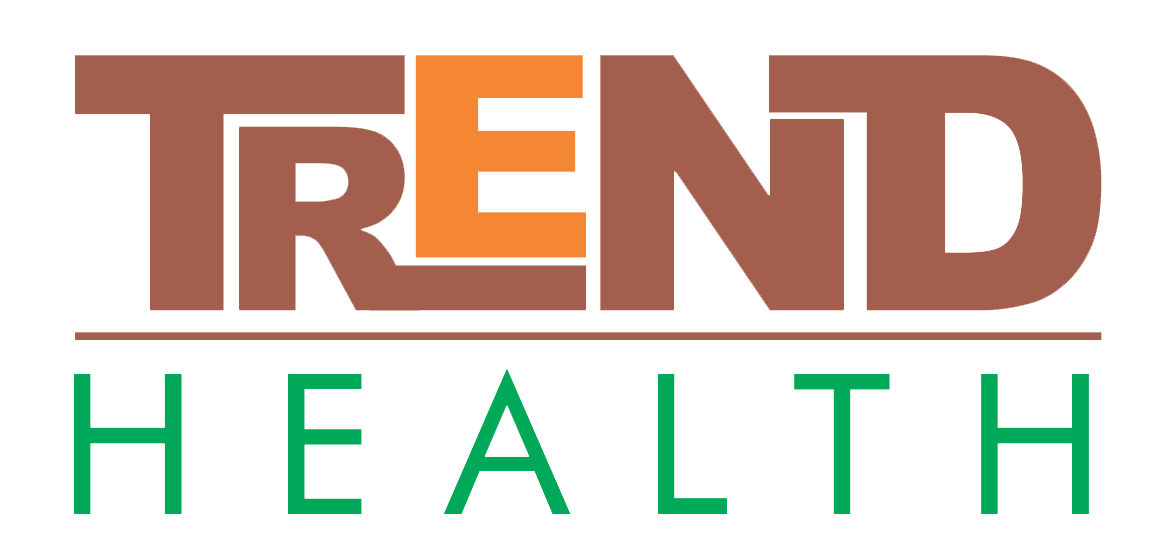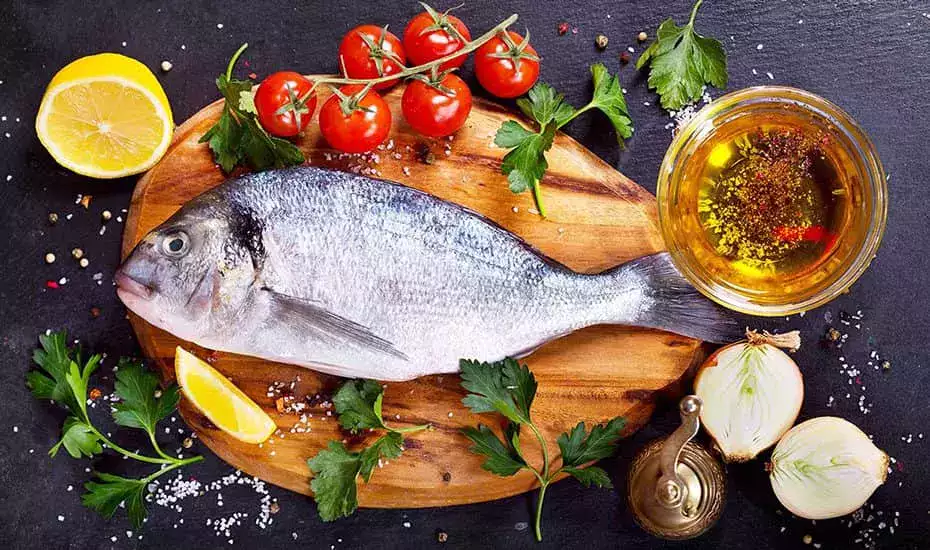Eat more fish to keep your heart healthy
How often do you eat fish? If you are concerned about your Heart Health, you might consider eating more fish. Because the Omega 3 fatty acids contained in fish bring positive help to the heart.
Omega 3 Fatty Acids Benefits
Fish is not only one of the most direct sources of protein, but the Omega 3 fatty acids contained in it can give many benefits to the cardiovascular system. The research report pointed out that despite the fact that Eskimos eat high-fat foods (including one pound of fatty fish and whale meat), their heart disease incidence is still very low. The key is that the type of fat they eat is a type of polyunsaturated fatty acid, which is Omega 3 fatty acid.
Eating fish is good for the Heart Health
Research has shown that eating fish regularly can have the following benefits:
- Lower blood fat content Omega 3 fatty acids can reduce the blood triglyceride content. Triglyceride is a type of blood fat that provides energy. If it is too much, it will become fat and be stored in the body. Long-term absorption of excessive triglycerides will increase the risk of coronary artery disease.
- Reduce the risk of blood clots Omega 3 fatty acids can act as natural anticoagulants, reduce the viscosity of platelets in the blood, and reduce the possibility of platelet clots.
- Lower blood pressure Many studies have shown that Omega 3 fatty acids can help lower blood pressure. Compared with vegetarians, fish eaters have a lower chance of developing high blood pressure .
Put the fish on the table quickly.
To be good for the heart, nutritionists recommend eating fish at least twice a week. Fresh fish or frozen fish that has not been processed are the best choices. Fatty cold-water fish (such as mackerel, Atlantic salmon, halibut, herring) contain more Omega3 fatty acids than other fish and are the best choice for heart health. But avoid choosing fried foods coated with buttery batter, such as fried fish sticks.
Omega 3 fatty acids can also be found in foods such as green leafy vegetables, soybeans and nuts, but the content is less.











